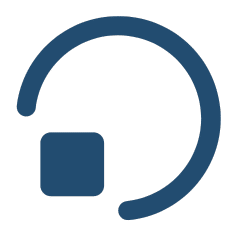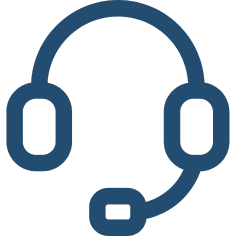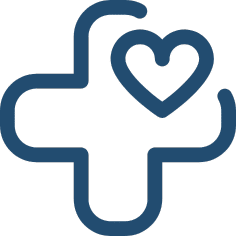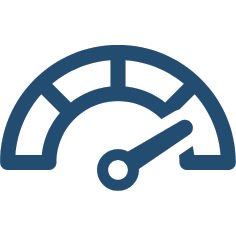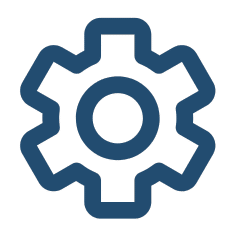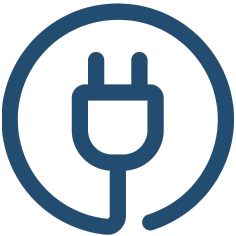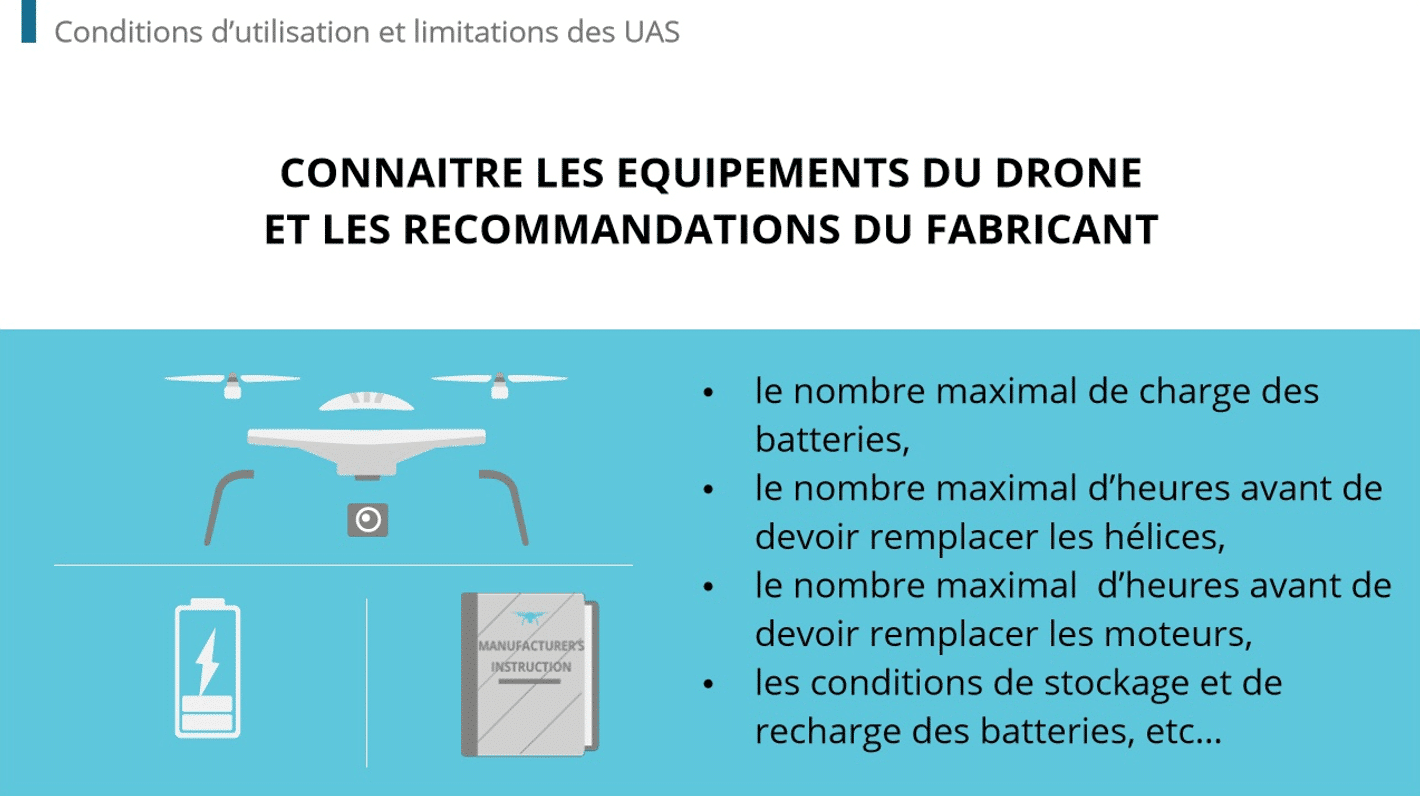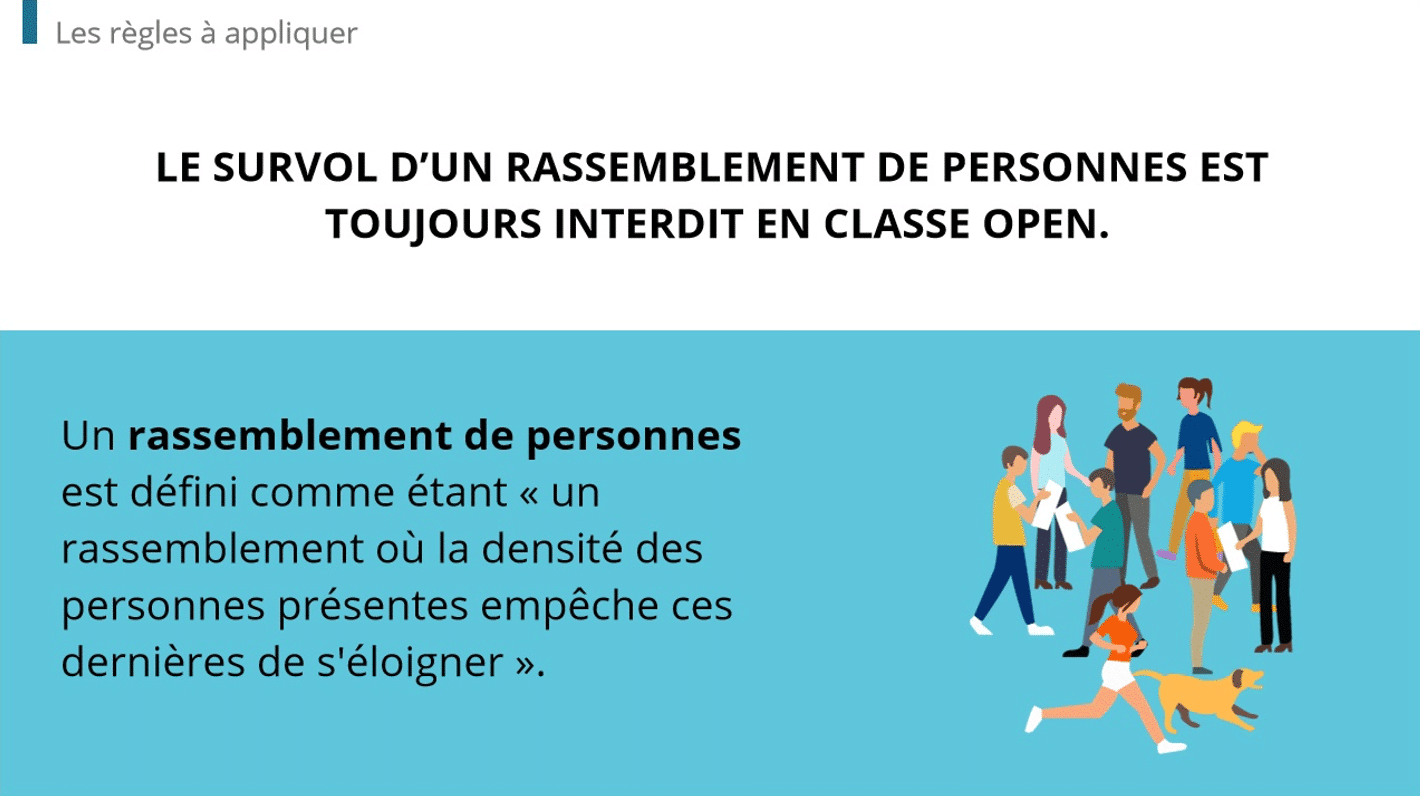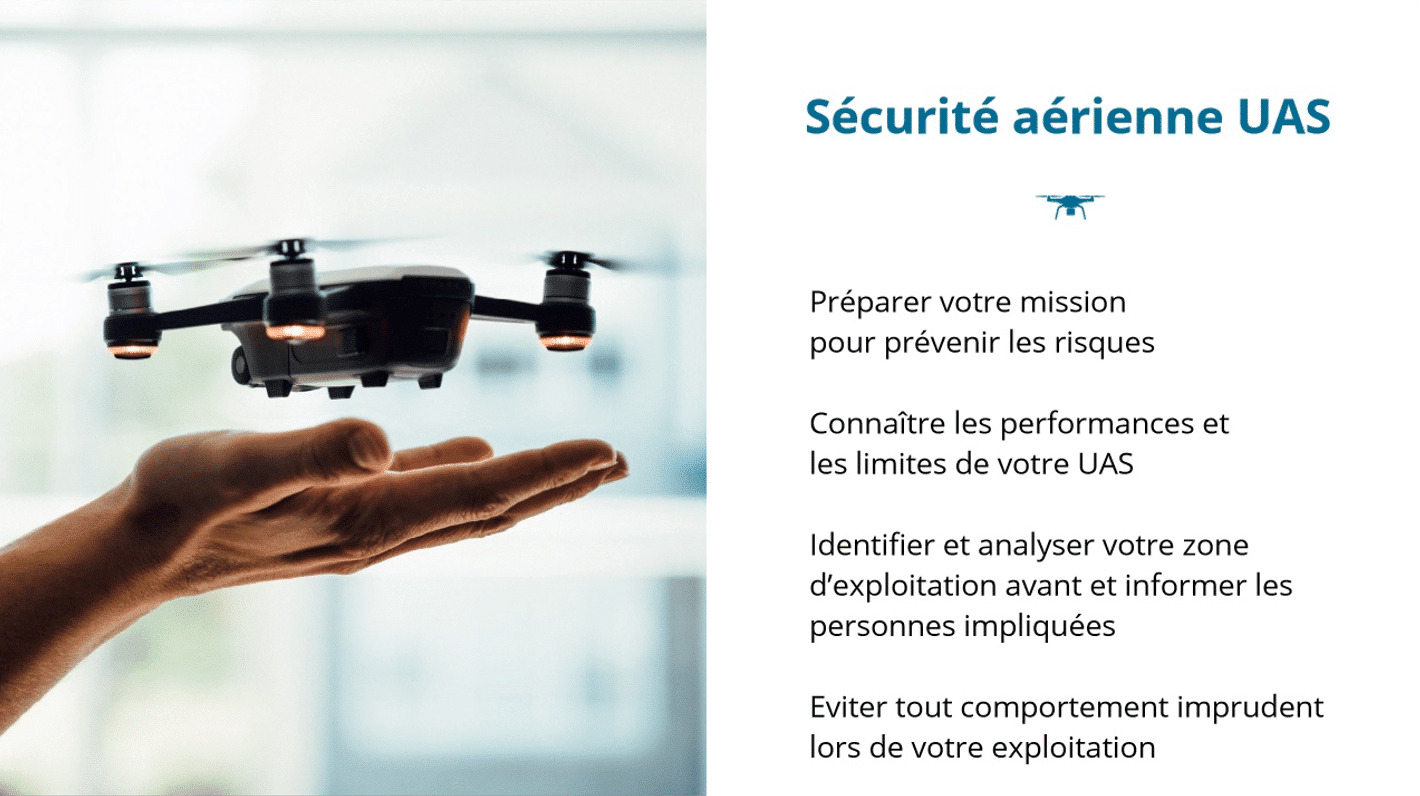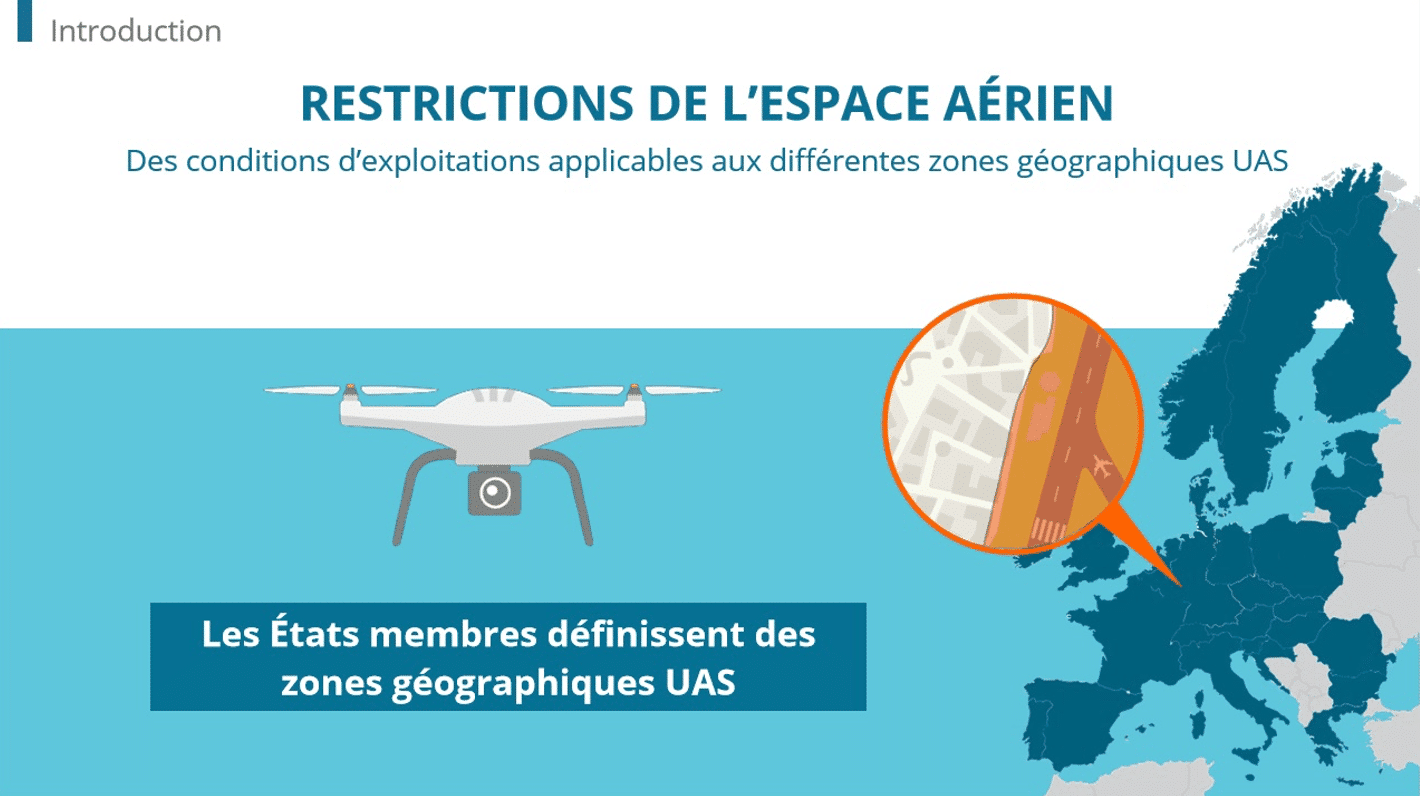The health industry is going digital, and the adoption is growing at an unprecedented rate. In 2021, 37.0% of adults used telemedicine in the past 12 months, according to the National Health Interview Survey. This gives doctors greater fluency in physician/patient interaction. For the patient, it also provides greater access to physicians in the comfort of their homes. By most metrics, digital health solutions are the way forward. Learn how e-learning plays a role and the tools/methodologies for making remote learning a part of the integration.
1. Enable seamless exchange of patient data
Data is to be shared, whether that be with patients, stakeholders, pharmacies, or insurance providers. This is especially true with respect to medical records as patients alternate between their primary physicians and specialists. Create a system that makes data dissemination simple yet secure. Here’s how to best adopt data exchange practices:
- Share data via cloud hosting center with the latest verified encryption practices
- Follow protocols in line with HIPAA and other international health regulatory standards
- Any digital record attachment sent by email should be password-protected
- Send records to patient and/or partnering clinics only upon request
- Establishing data-handling guidelines for viewing patient data via personal devices
2. Make patients an active part of their own recovery with digital health solutions
Clinics can create primer courses on specific diseases, complete with guidelines on at-home care. Patients can review the digital course material along with loved ones. Courses can utilize diverse and interactive media for a more engaging learning experience. Patients can review the course prior to the first or subsequent appointment to save the physician time explaining medical concepts that can be conveyed during the patient’s own time. The same system where the patient accesses the course can also double as a hub for remote and private doctor-patient discussions.
Quizzes aren’t necessary, but there should be some measures in place to ensure patients fully review the material prior to their appointment. This can be as simple as ticking a box accessible only after the end of the course or submitting an e-signature to verify completion.
3. Normalise telemedicine
Digital appointments are a great way for patients to interact with their physicians and pharmacists without commuting to the clinic. This is an enormous convenience for the patient and potentially a family member who would otherwise have to drive him/her to the clinic. This is a viable solution for follow-up visits that don’t require in-person screenings.
Remote doctor’s visits can be done using any web conference system accessible to both the physician and patient, such as Zoom, Skype, or Line. Research shows that 70% of patients are willing to receive vital healthcare services at least partially remotely. The online doctor’s consultation market is expanding rapidly and is expected to grow by 7.6% between 2023 and 2031.
4. Implement AI and machine learning capabilities
AI can be a prolific companion to e-learning in the health sector. How so? Patients can fill out brief health questionnaires. AI analysis can use the latest medical algorithms to determine risk factors for various diseases. It can then make recommendations or disseminate various digital educational tools to give patients greater control of their own recovery.
AI can also assist medical workers. AI nowadays is capable of handling much of logistical tasks. In turn, this can reduce burnout by reducing employee workload, especially when it comes to tedious tasks not directly related to patient care. Other ways AI can assist include:
- Predicting operational issues
- Tracking safety metrics
- Medical equipment inventorying
- Maintaining the supply chain
AI in the medical field is only expected to expand. The global market of AI in the healthcare market is predicted to grow by 46.1% between 2022 and 2028.
5. Improve diagnosis and response times with digital health solutions
This point is an extension of the last one regarding AI implementation. Machine learning can also be integrated into in-clinic tools for diagnosis and screenings. For example, AI can be incorporated into CT and MRI scanners to partially automate the imaging process. Results can instantly save to the cloud for record keeping. The system can also use existing information in its database to provide further insight into patient conditions. Moreover, AI chatbots can diagnose illnesses at home. It’s not a replacement for in-clinic appointments, but it provides preliminary data for doctors prior to the initial visit.
Staff adoption of AI-based imaging tools can be done in stages through healthcare employee training. This comprises a combination of e-learning courses, webinars, and in-clinic sessions.
Streamline digital health solutions with Dokeos LMS
Digital health solutions are here to stay. Clinics that adapt not only improve patient experience but also reduce staff burnout and increase prognosis efficiency. Dokeos LMS (learning management system) provides accessible and engaging e-courses for patients and staff alike. Ensure your medical team has the knowledge-based information to integrate the latest tools into their daily practice and client interactions. Start with a free trial today!
With Dokeos LMS, it’s simpler than ever to organise medical conferences, customise exams, and use double evaluation tools to develop courses fine-tuned for the modern healthcare worker. Our platform will take you through a simple step-by-step building process so that you can get up and running in no time. Contact us!








